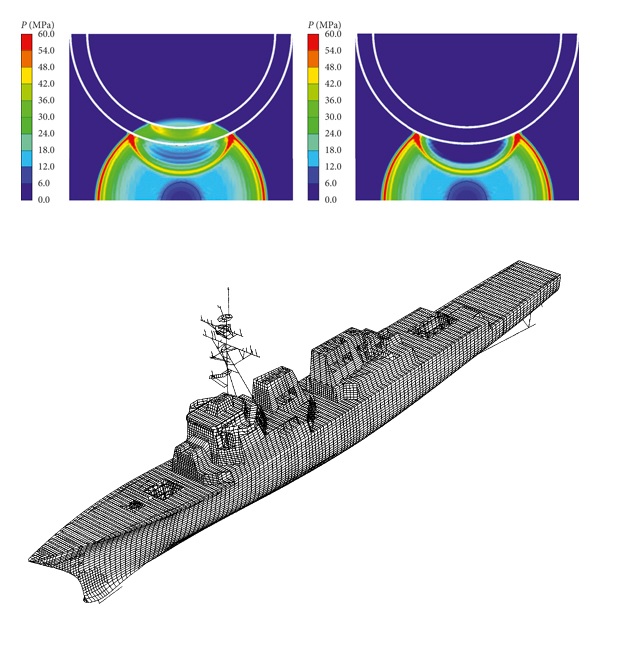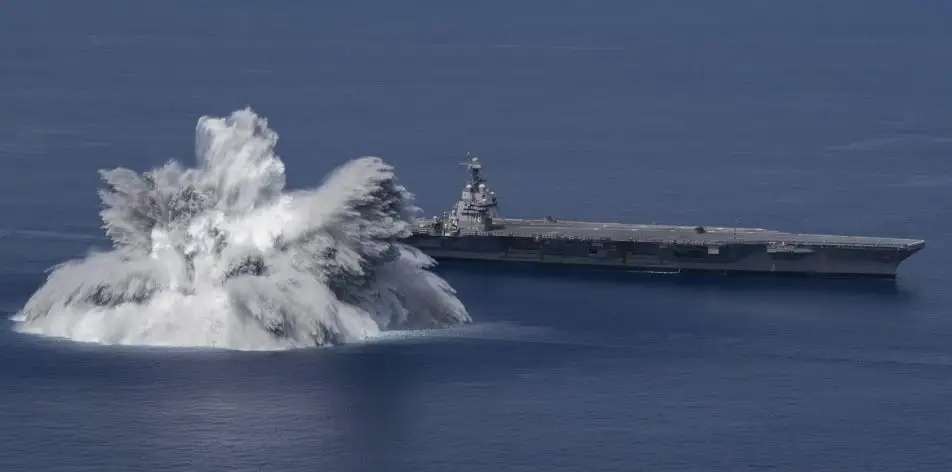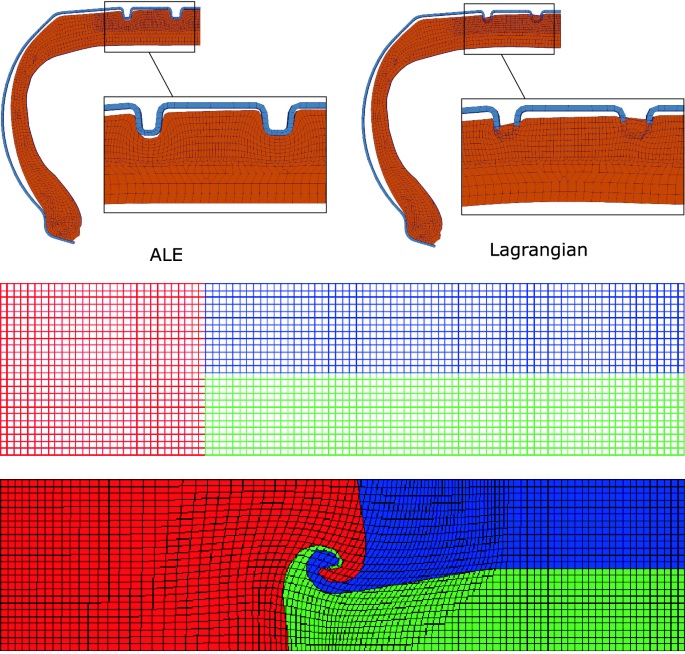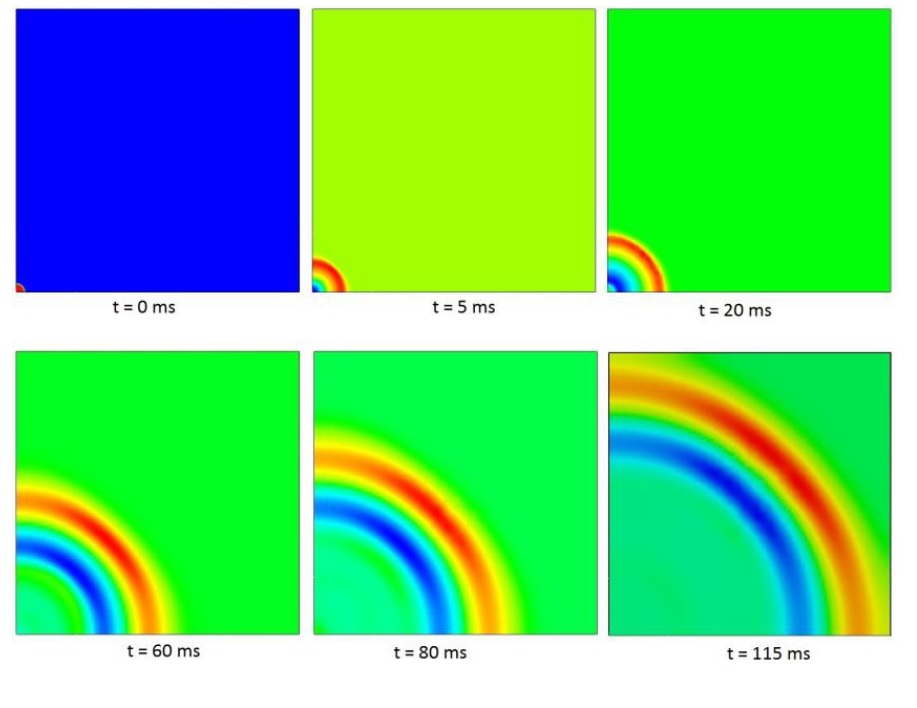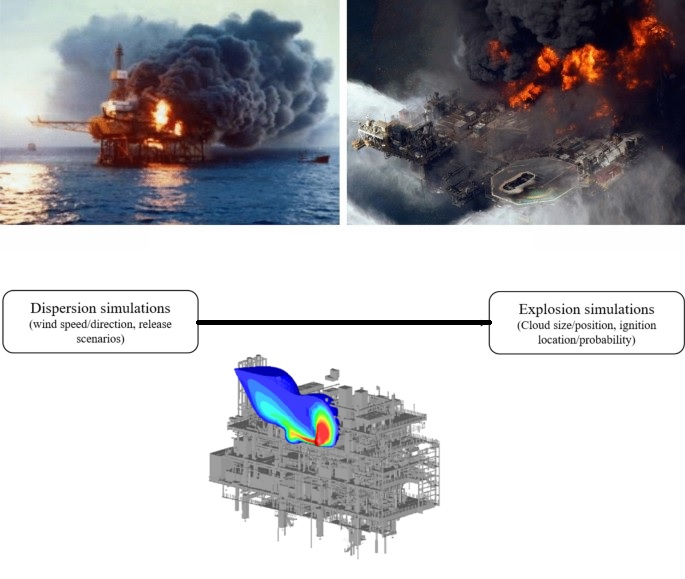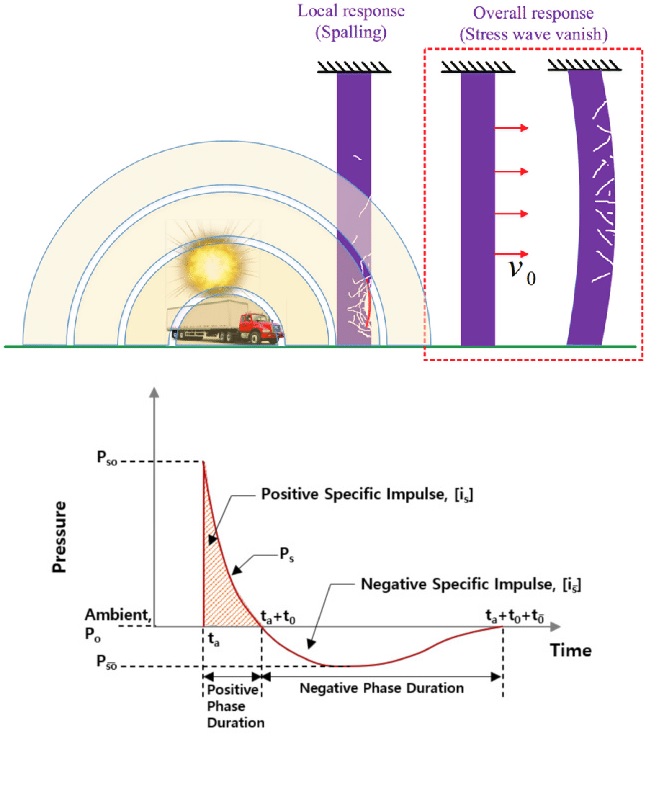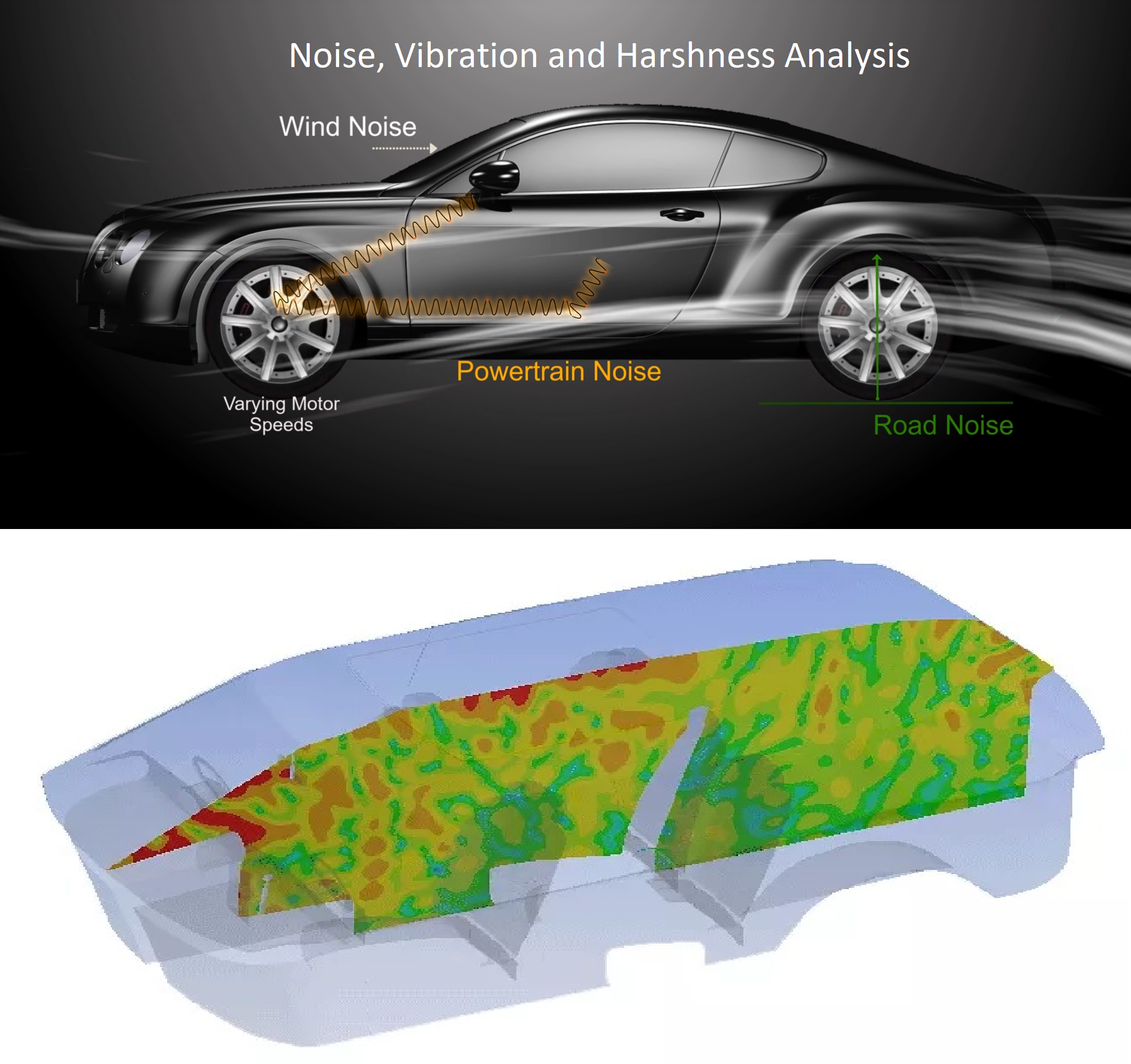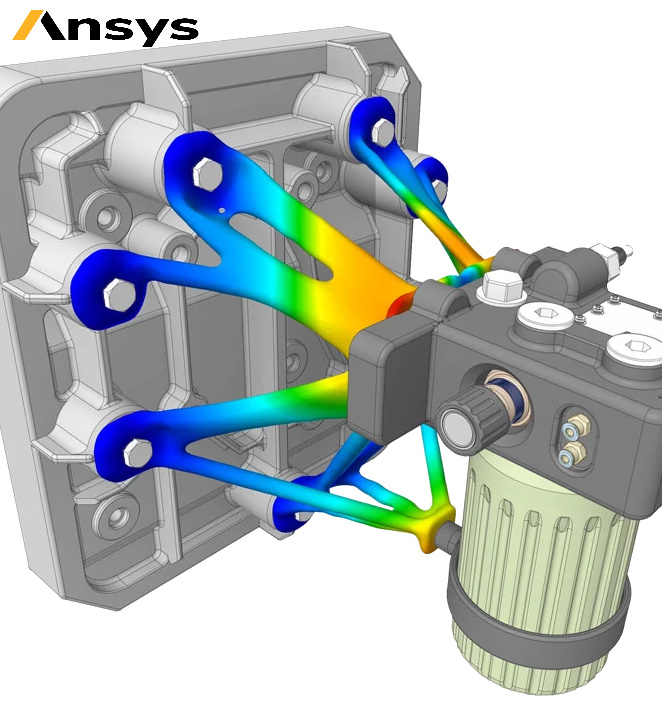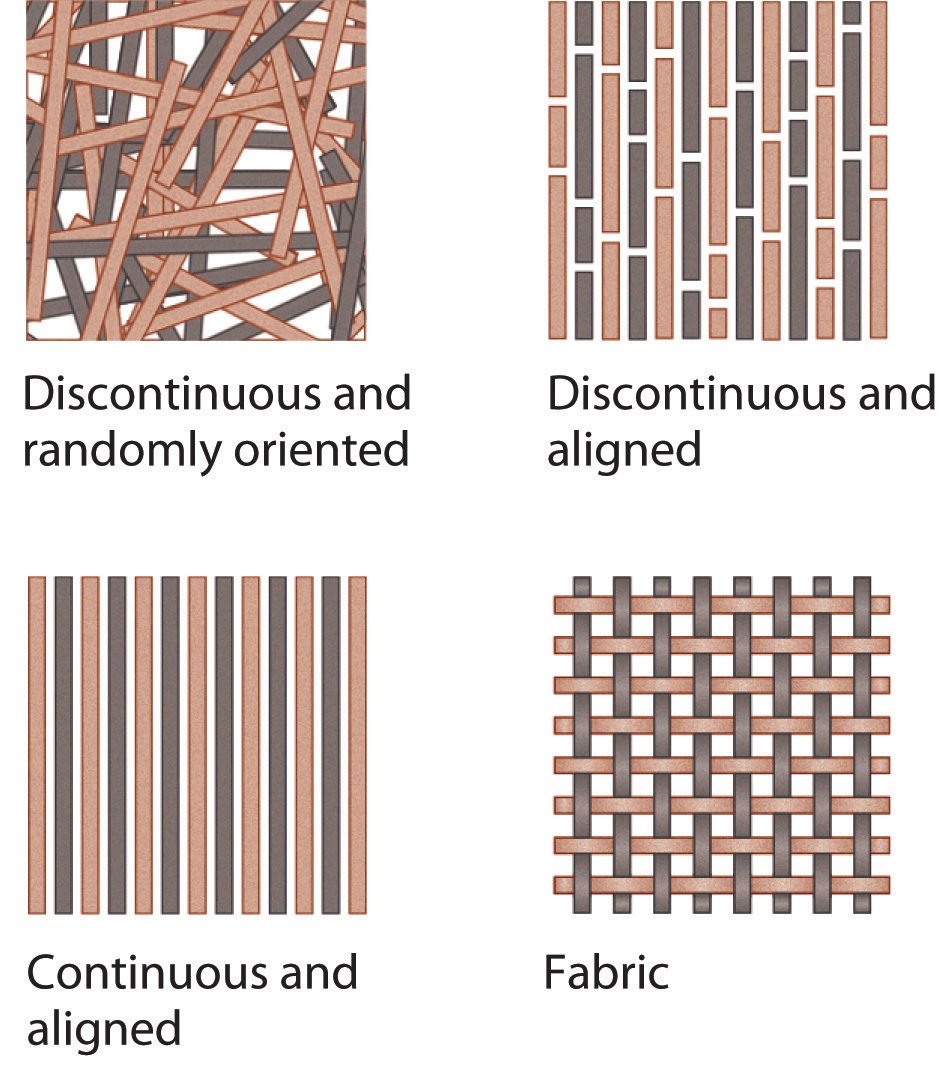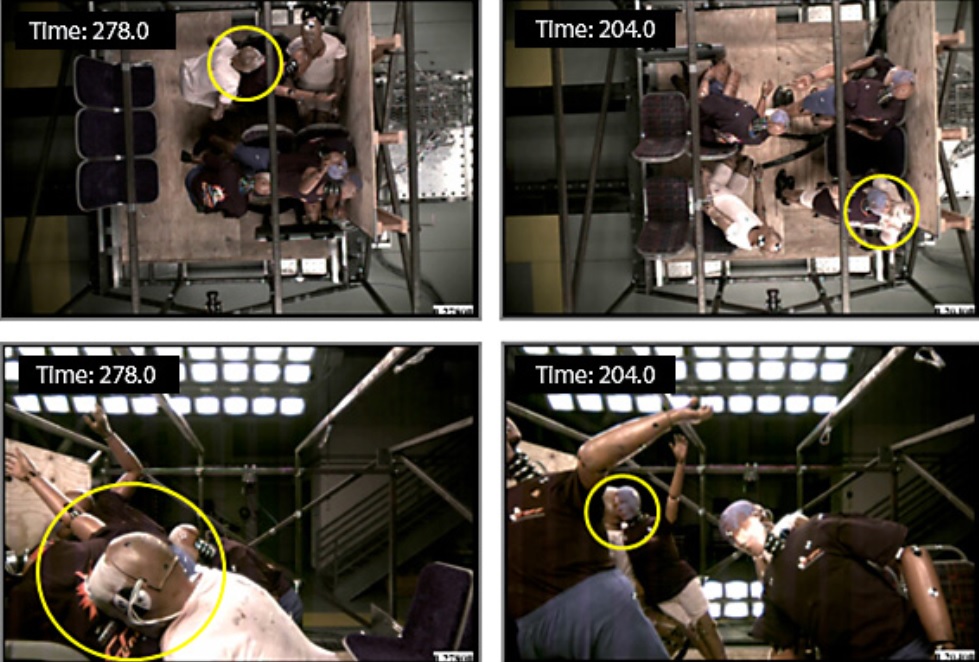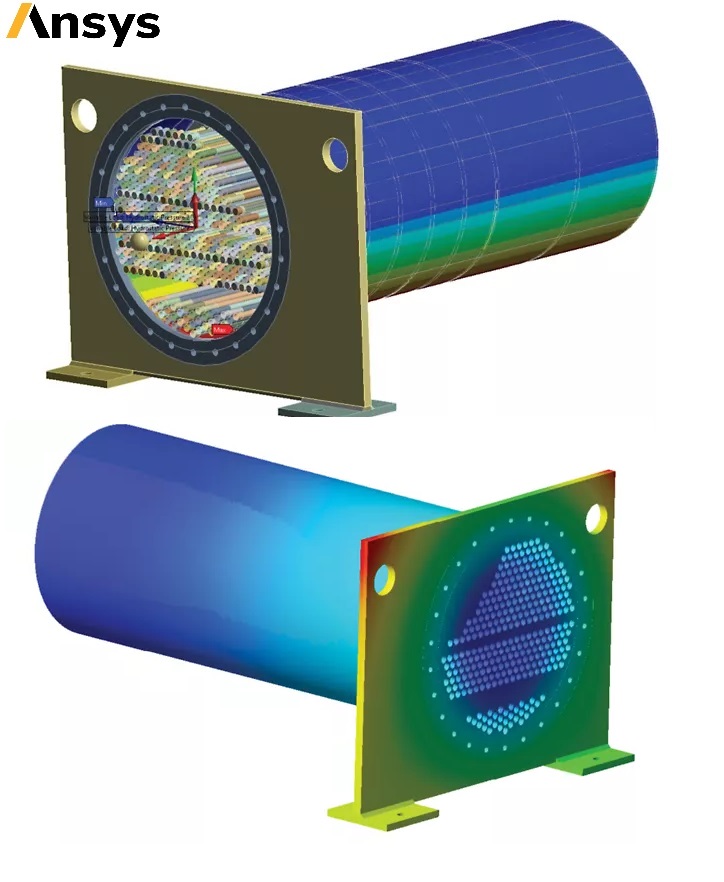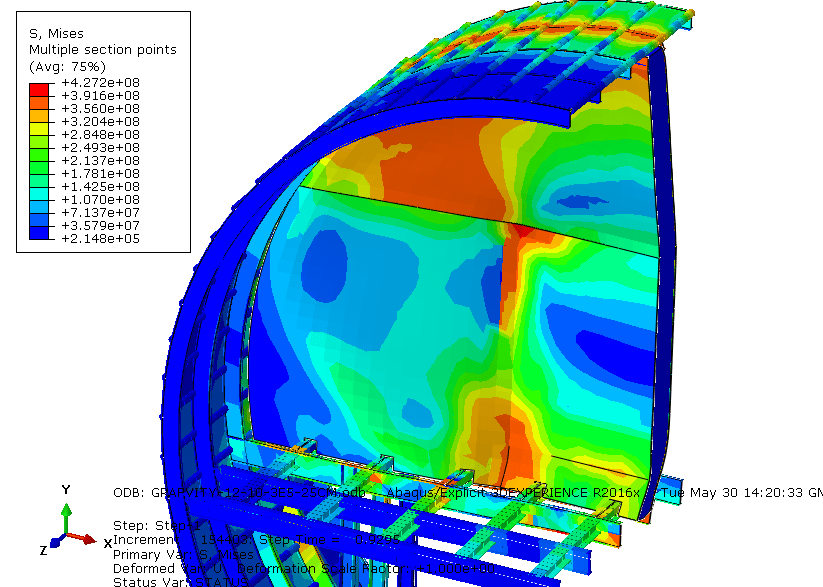Blast, Explosion & Fire
Blast, Explosion & Fire: Finite Element & CFD Based Simulation
Simulation Dynamics engineers simulate the Blast and Explosion with innovative CAE and virtual prototyping available in the non-linear structural codes LS-DYNA, Ansys Autodyn, and ABAQUS. Simulation Dynamics Engineers can simulate any type of Blast and Explosion such as air blast, Underwater explosion (UNDEX) and Fragmentation due to blast to survey structural integrity in High Rate Loading Condition. Some key aspects of these numerical simulation for blast, explosion, and fire include:
Material modeling: Accurately modeling the behavior of materials under extreme loading conditions is crucial for blast, explosion, and fire simulation. Advanced material models, such as those that incorporate strain rate and temperature dependence, can be used to simulate the behavior of materials under high strain rates and elevated temperatures.
Blast and explosion modeling: Finite element(with special techniques) and CFD simulation can be used to model the propagation of blast waves and their interaction with structures. Blast and explosion modeling can also be used to analyze the effects of shrapnel and debris on structures and to design blast-resistant structures.
Fire modeling: Finite element and CFD simulation can be used to model the behavior of materials under high temperatures and to simulate the spread of fire through a structure. Fire modeling can also be used to analyze the effectiveness of fire suppression systems and to design fire-resistant structures.
Fluid-structure interaction (FSI): FSI modeling with coupled FEA and CFD can be used to simulate the interaction between fluid and structures, such as the propagation of shock waves through a fluid and the effect of fluid pressure on structures.
